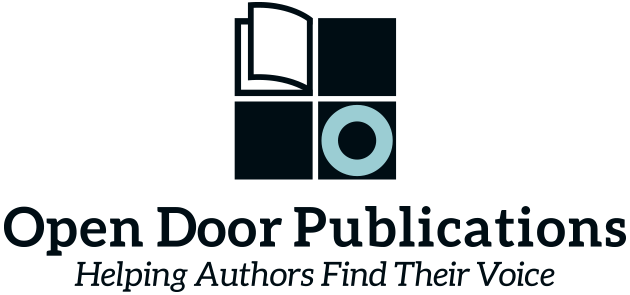I’ve been getting a lot of questions lately from authors who want to “go wide” with their books, both paper and e-book. The question is complex and there is no one right answer for every author.
What is “going wide?” In the book world it is a term that means that you make your book, particularly your e-book, available on as many platforms as possible. I’ve been a “narrow” proponent for many years, and still am. (Shameless promotion: If you want to know more about my reasons, check out my newest book How to Sell Your Book Today).
The only answer to wide vs. Amazon is for you to figure what is right for you. I’ve put together some information on how to go wide with some tips on the best sites and best practices if you choose this technique.
Going Wide in E-Books
While Amazon has the lion’s share of e-book sales, particularly in the U.S., there are several other popular sites where readers buy e-books. These include Apple, Kobo, Barnes and Noble, and now even Target, to name a few. The first thing you will need to do to get your book on these platforms is to convert your manuscript from Word, Google Docs, or other word processing program into an .epub file. This is the format used by all e-book publishers except Amazon, which uses a .mobi file. If your manuscript is text only, you can convert this yourself with a software program called Calibre. It’s very easy to use. If you have a complex manuscript with a lot of charts, graphs, and jpegs, I suggest you pay an e-book conversion service to do it for you.
If you are set on going wide, don’t try to upload you book to every site yourself. Instead, I suggest you use a distribution service to help you. There are a lot of sites on the internet offering these services. Read through each site carefully, and check reviews to see what other people say. You get what you pay for, and some don’t really offer much.
Two of the oldest sites for e-book distribution are BookBaby and Smashwords. A newer service is Draft2Digital. All offer similar packages, but each one has its own nuances including fees for conversion, fees for uploading to various sites, and how you are paid for sales. Draft2Digital, for instance, has no fees for uploading but takes 10 percent of sales. Other sites charge for uploads but take no fees for sales. Your choice may depend on how much money you have available to spend up front.
The biggest advantages I can see for using these sites is that they handle distribution, templates, and collate sales for you. If you try to do all of those things yourself for several book distributors, you will end up needing to register at each site, possibly create new templates, and then check each site every month to check your sales, .
Going Wide in Paper Books
Amazon does not offer any incentives to only publish your paper book on its site, as it does if you only publish the e-book on its site, but it does offer one giant advantage: it is free. There are no hidden costs. You can order author copies and excellent reduced rates. You can make changes to your manuscript or book cover, you can change your book’s “blurb,” keywords and genre without paying any fees. In the world of independent publishing, this is unique and refreshing. (I never thought I’d use the adjective “refreshing” for Amazon KDP, but there you go!)
There are literally hundreds if not thousands of internet services offering to help authors print their books. All I can say is, “Buyer Beware.” There is only one company I can recommend authors use for print book distribution other than Amazon, and that is Ingram Content Group.
Ingram offers two different programs for authors and small, independent publishers: Lightning Source and Ingram Spark. I am most familiar with Lightning Source because as a publisher, rather than an author, I use some of their additional services. If you plan to publish several books, particularly for authors other than yourself, you may want to look into Lightning Source. The biggest downside to Lightning Source is the fees. They charge for uploading your manuscript and cover. They charge if you need to re-upload a manuscript or cover—even if the change is caused by them not accepting a file rather than a change you have made. Their charge for proof copies is roughly five times more expensive than Amazon.
On the good side: they give excellent reports, average customer service, and the quality of their print books is excellent.
Ingram Spark is Lightning Source’s “baby brother.” It is designed for the self-publishing author. It does not have as many additional marketing services, but it seems to have smaller fees. The advertised fee on Lightning Source’s website is $49 for a print book. I have not personally used this service, so I do not know if there are additional fees for uploading changes, or what their fees are for proof books.
There are two big reasons to consider Lightning Source or Spark.
- Your book will appear online everywhere from BarnesandNoble.com to Google Books.
- Bookstores, particularly small, independent bookstores, can order your book at a discount.
Another thing to think about as an author is that it is easier for your customers to add something than it is to subtract it. In other words, it is easier to start “narrow” with just Amazon, and then decide to add other distributors, than to first publish your book on many platforms and then withdraw to only one. Spending time doing the research will help you make the right decision for you and your books.

